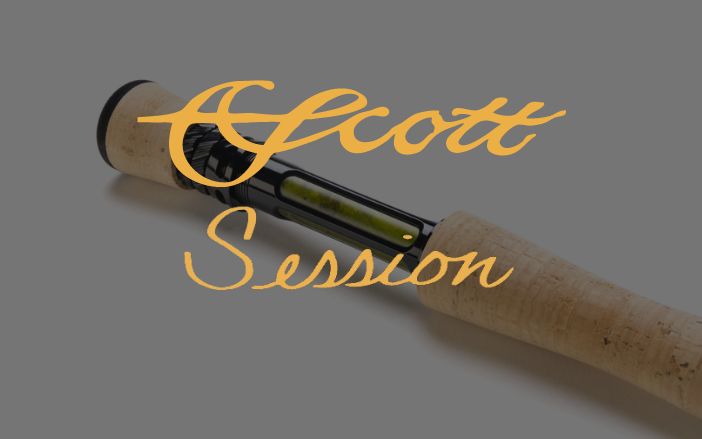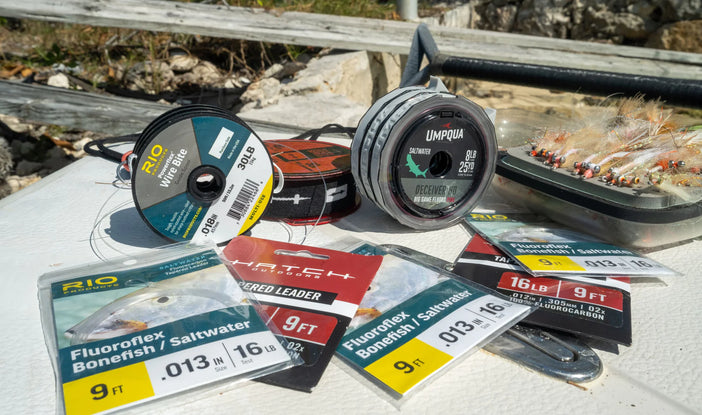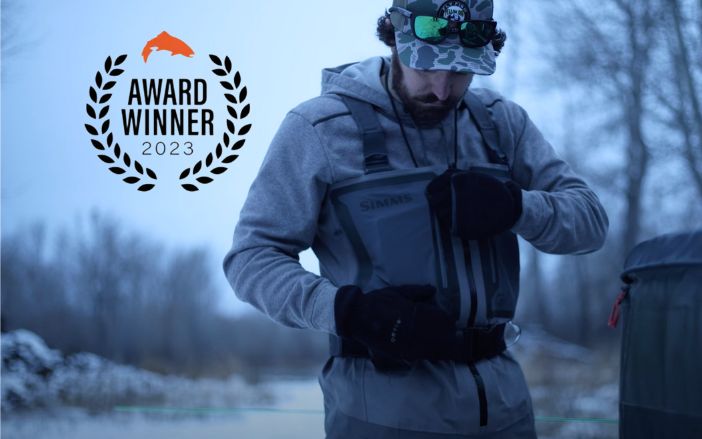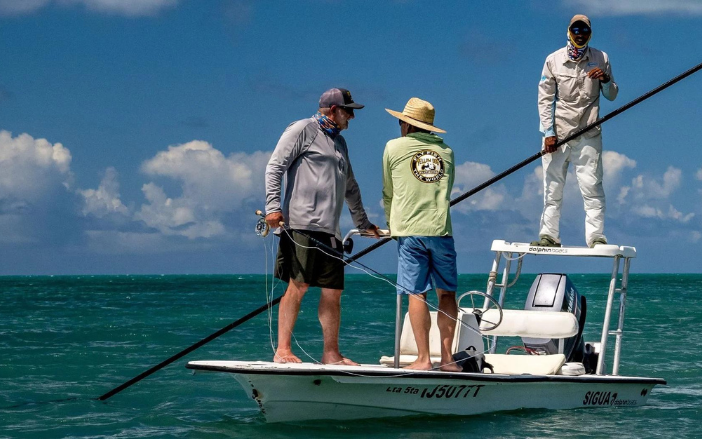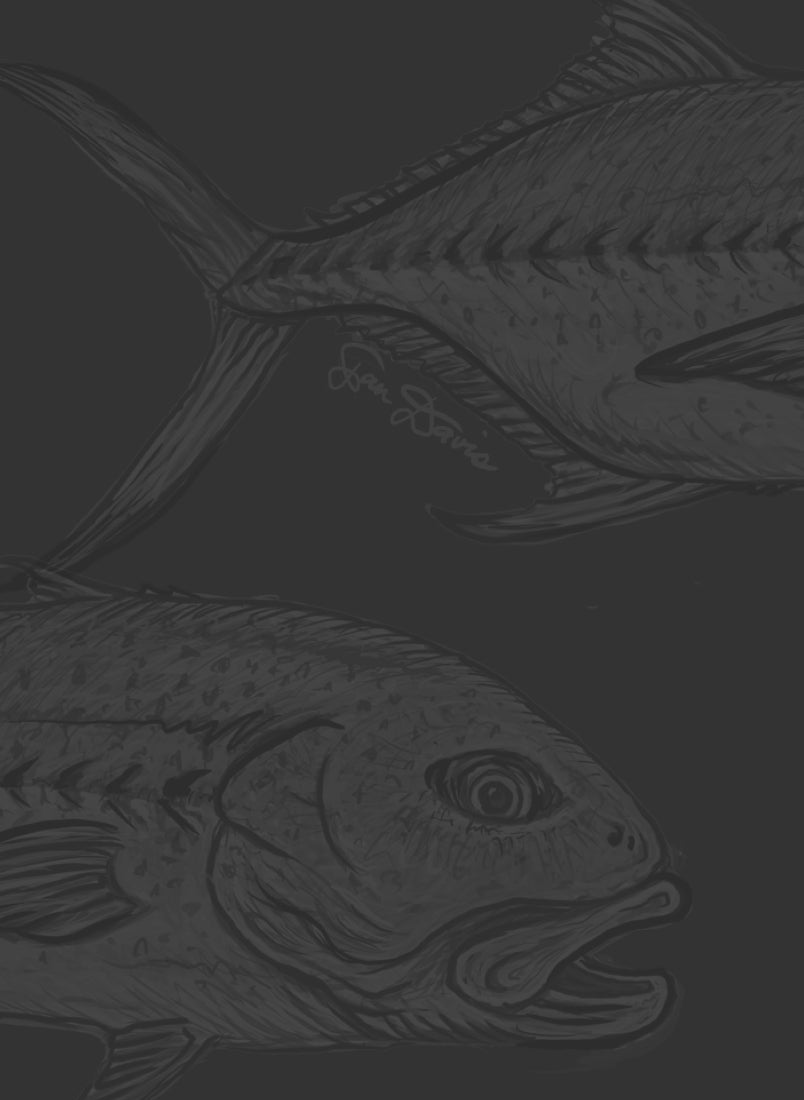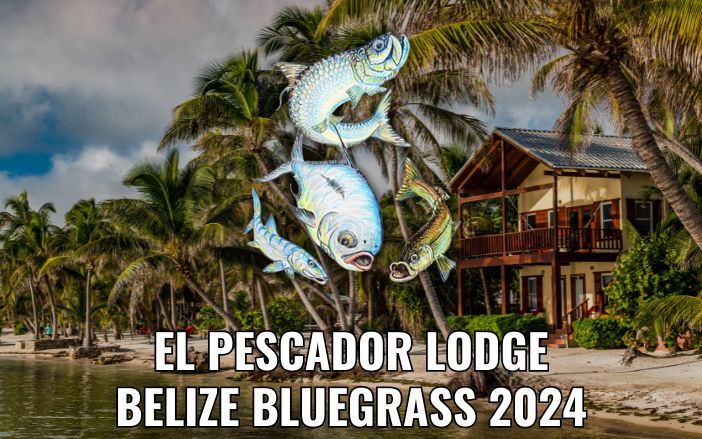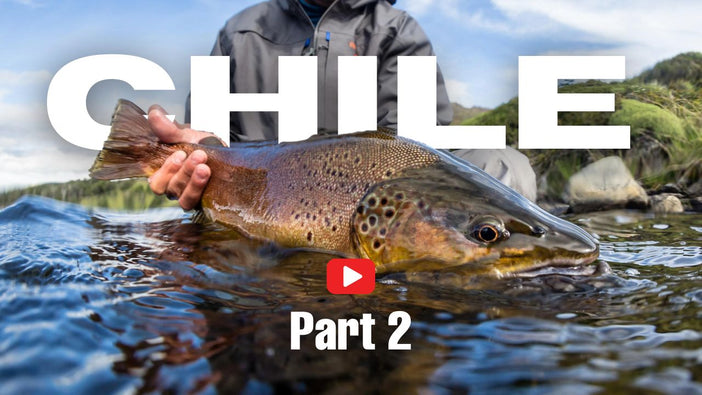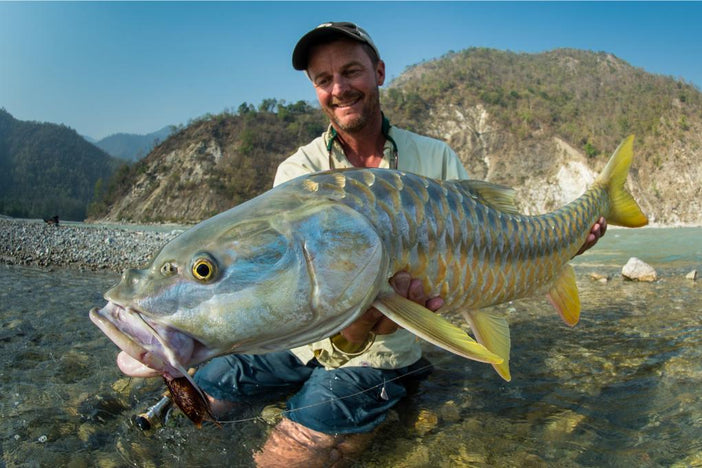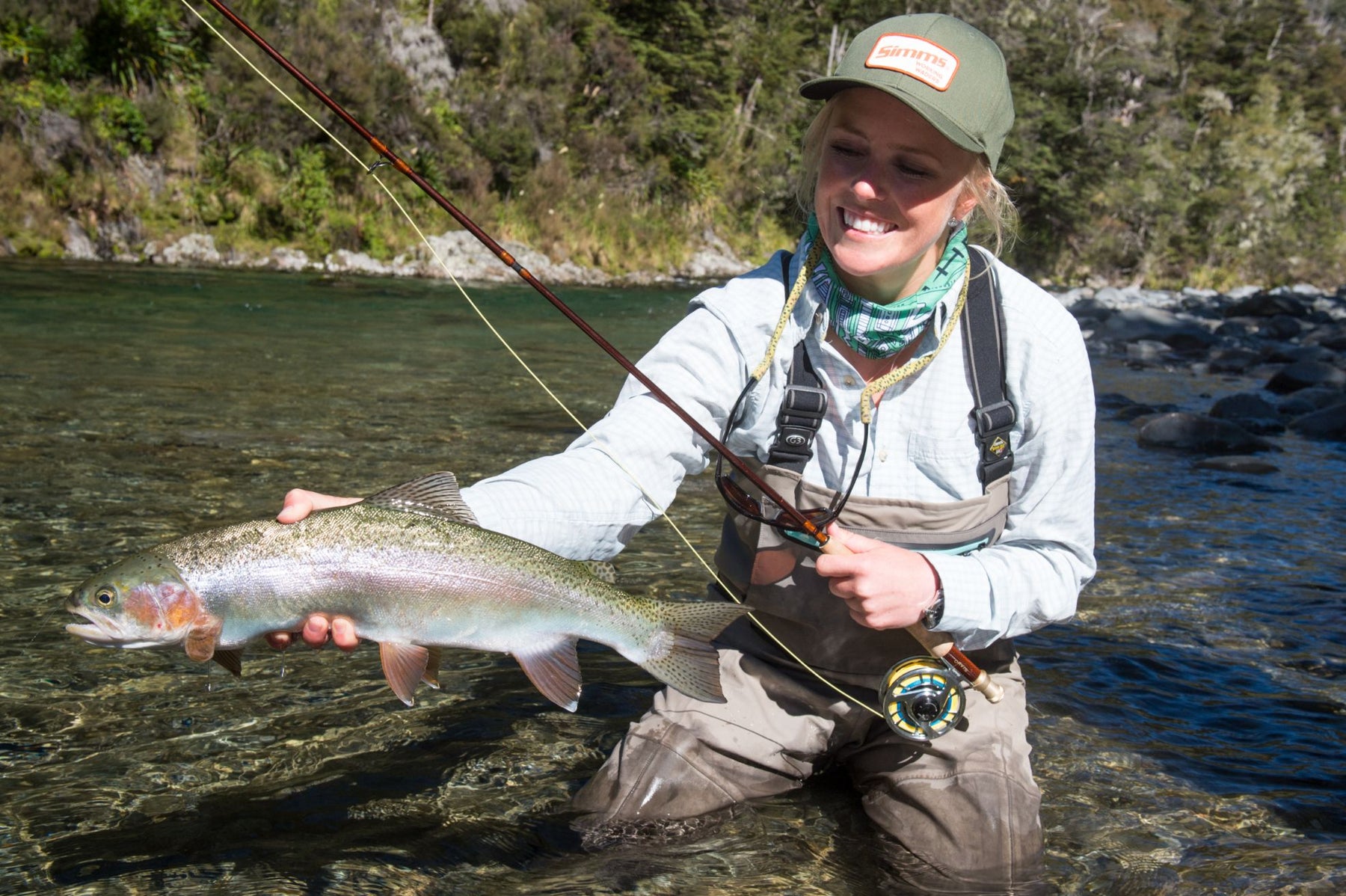As a rule, the trout of New Zealand are usually more concerned about how you present the fly rather than what you present, so it is imperative that you practice for accuracy and delicacy before you embark on your journey to NZ. As such, there is no reason to bring every trout fly that you own. In fact, doing so can sometimes prove to be a hassle as you enter the country and pass through Customs, which is notoriously stringent when it comes to anything that has come into contact with foreign water and/or soil. Many of the guides and all of the lodges that Yellow Dog works with in New Zealand offer packages that include not just flies, but tippet and leaders as well so that you can leave your gear at home.
However, if you must bring your own flies (and it is totally okay if you do), we always suggest that anglers follow the K.I.S.S. (Keep It Simple, Silly) principle and only bring along a handful of patterns that they trust the most—in a range of different sizes. Basic, minimalist, general – these are all terms that should guide you as you pick out which flies to bring with you.
To help you narrow things down to one or two fly boxes, we have come up with a list of the classic patterns that will float you (no pun intended) through most ordinary situations on the river. And, in the spirit of the K.I.S.S. principle, we are making this list short and sweet!

1. Cicada
Any discussion of New Zealand’s most beloved fly patterns would be woefully lacking without mention of cicada patterns (in olive, tan, and black). The cicada hatch is an annual phenomenon that typically takes place throughout the month of February each year, and many anglers will plan their trips to coincide with this storied event. These terrestrial insects fill the air in search of a mate and will often get blown down onto the water’s surface where anxious trout will dart over and eat them with heart-stopping ferocity! There is truly no more thrilling fly in the New Zealand topwater game than a cicada pattern.

2. Blowfly
This is a favorite fly of most kiwi guides since it performs well in all types of water from small backcountry streams to big stillwaters. The blowfly represents the common housefly and is tied humpy-style with either green or blue tinsel under a black foam body with a white wing, which is great for visibility. Its deer hair construction allows it to float like a cork all day, making it a good indicator fly below which to trail a small, dark nymph. In sizes #10 to #14, this fly is most effective during the warmer months of summer.

3. Green (Manuka) Beetle
This is a popular dry fly pattern in New Zealand, as it can be very productive during the early parts of the season. Green Beetles should be tied with an iridescent wing case (using raffia or similar material) to make them visible when they are blown onto the water’s surface during the day. Beetles are very compact, protein-rich insects that represent an important food source for trout, which is why this fly should be a staple in your NZ fly box. Trout love Brown Beetles as well, but they are only active at night, which makes them less useful flies to the angler who prefers to fish during the daytime.

4. Hare + Copper
This beefy nymph is easily one of the most effective and well-known flies that an angler can use in New Zealand because it imitates a plethora of aquatic insects. Many guides will often tie it rough and scruffy so that it appears as “buggy” as possible. Many will add a big copper or flashy tungsten bead head to get it down in the water column so that it tumbles along the riverbed like a natural nymph. The hare and copper is a very general pattern that can represent anything from caddis to mayfly nymphs and it is this dynamic nature that allows this fly to catch fish throughout the season. This one is easy to tie and is effective in a wide range of sizes from #10 to #20.

5. Willow Grub
While New Zealand doesn’t necessarily have several distinctive insect hatches that occur at regular, predictable times throughout the season, there are a few exceptions to that rule. One would be the cicada hatch; the other would be the willow grub “hatch” in which these tiny terrestrials emerge from the pockets on willow leaves and fall from the branches that overhang lowland streams, providing a succulent meal for hungry trout from December until March or even April. The trout that feed on these grubs tend to be more challenging, so fishing this fly can be a technical undertaking—but very rewarding when executed properly.

6. Adams (or any variation thereof)
Whether it is the classic Adams dry fly, the Parachute Adams, or even a Purple Haze, this common mayfly imitator is extremely versatile and very productive when presented to selective trout. It rides low in the water, making for easier hookups and easy to present delicately since it is small and light. We think it’s fair to say that this fly induces more surface eats than any other fly in the world of trout fishing. If you have a range of these in your fly box, in sizes #10 to #16, you will be well equipped to take on most of the surface-eaters you will encounter during the peak summer months in New Zealand.
Related Articles:






